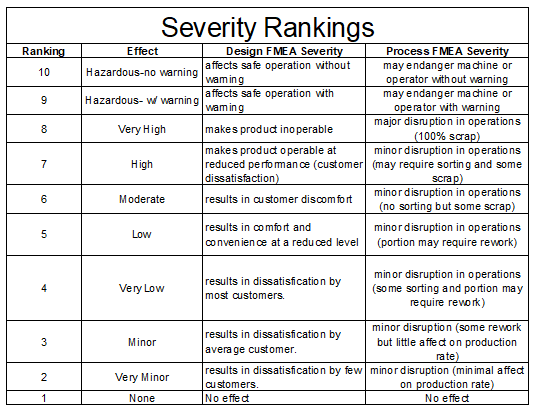
#Basing reaction on outcome severity vs risk probability how to
A very likely and severe risk would be classified as ‘High’, whereas a very unlikely and not severe risk would be classified as ‘Low’.ĭeciding how to rank risks – and which risks to act upon – will be organisation-specific. The consequences for the stakeholder should the risk materialiseĮnterprises and investors can classify these risks into ‘Low’, ‘Medium’ or ‘High’, as per the diagram below.To assess impact risks, enterprises and investors need to consider: The remaining sections provide enterprises and investors with guidance on how they can implement the three ‘ Risk’ categories. This process enables enterprises and investors to maximise their impact on people and planet. Mitigation strategy: The mitigation strategy to reduce the level of impact riskīy collecting data across these categories, enterprises and investors can gain a nuanced understanding of the potential risks and actively work towards decreasing their likelihood and severity.Level of impact risk: The likelihood and severity of the impact risk.Type of impact risk: Nine types of impact risks that may undermine the delivery of the outcome.The three data categories under the ‘ Risk’ impact dimension provide enterprises and investors with a roadmap for assessing and mitigating impact risks. Neglecting an impact risk may jeopardise the outcomes that people or planet experience therefore enterprises and investors need to consider these separately from financial risks. Conversely, if the enterprise (or investor) would have also considered impact risks, the assessment may have pushed the management team to explore other alternatives (such as a cross-subsidy model) to prevent pricing out those who are likely to benefit the most from the product or service.


A financial risk assessment may point to raising prices to increase profitability, with clear implications for customers at the bottom of the economic pyramid. While financial risk assessments may capture impact risks, this is not always the case. When enterprises and investors set financial goals, they always face the risk of not achieving them.


 0 kommentar(er)
0 kommentar(er)
